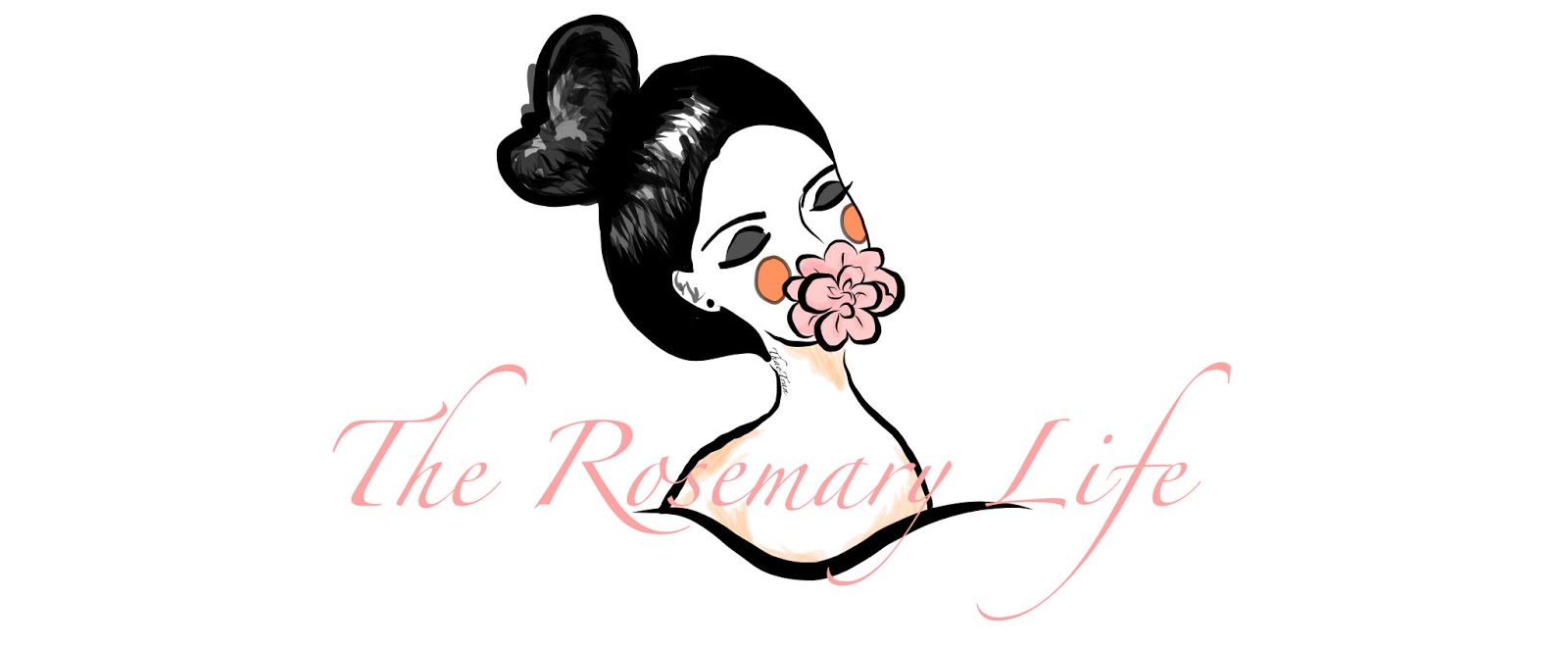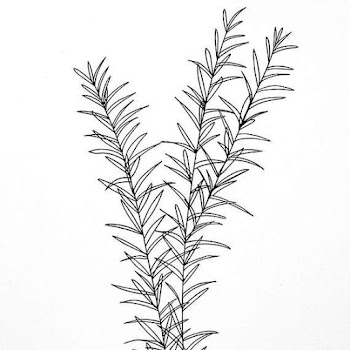 |
| (illustration by Sacree Frangine) |
together, in solidarity, as one
Tuesday, June 2, 2020
Norton Simon Museum - Pasadena, CA
Sunday, March 24, 2019
 |
| Assembly of Sea Forms (White Marbles) - Norton Simon Museum |
Living in LA, it’s hard to stay indoors as the weather here is always sooo beautiful and sunny. While LA has been having the Seattle rain as of late, it’s undoubtedly a perfect time to ditch the beach this weekend. In my quest to find inspiration - somewhere other than outdoor activities, I visited the Norton Simon Museum in Pasadena. The museum features an astonishing array of European, Asian, and American artworks, from paintings to sculptures.
Her (2013) and Technological Intimacy
Tuesday, March 19, 2019
 |
| Image Source: Pinterest |
Social Movement
 |
| #HereToStay Campaign - Image Source: UnitedWeDream |
Morozov’s article expands the assumptions about modern technology in public discourses and democracy by referring to the historical experiences of earlier inventions, such as the telegraph, the radio, and television. There is a noticeable pattern of technological view throughout history, that is a tendency to switch attention towards a new form of technology when the old one fails to produce the desired expectation. For instance, during the 1920s, the radio was considered a splendid communication medium to educate people about politics and restore peace to the world. By 1930s, the public quickly turned their backs away from radio due to its declining potential in democracy, in which resulted in the rise of “teledemocracy” era. In today modern age of technology, the Internet and social media are expected to deliver potential influence on raising the level of public debate and encouraging politic transparency. However, Morozov claims that policymakers and the public should further analyze the history of technology to recognize its overpromised effects on democracy and public life. By resisting the concepts of technological and cultural “determinism” – the belief that technology or culture is the primary influence of social and political condition, the author concludes that any new technology should be scrutinized by historical thinking and moral critique.
Aspirational Labor and DO WHAT YOU LOVE Maxim
 |
| Image Source: Digital Information World |
In the rise of digital media platforms, individuals can engage in all three aspects of immaterial labor at once, including informational, emotional, and cultural work. Digital media has allowed influencers to embrace the maxim of do what you love (DWYL), such as working from home or creating vlogs (video blogs) while on vacations. The emergence of emotional and cultural labor shapes the concept of aspirational labor, which is defined as “a forward-looking, carefully orchestrated, and entrepreneurial form of creative cultural production” (Duffy, 2015, p. 7). Referring to social media as a platform of aspirational labor, this post will examine the aspirational concept by analyzing these three key features: productivity emergence, celebration of realness, and entrepreneurial self-branding.
Participatory Culture
 |
| Image Source: Clique Media Group/Dash Hudson |
The Internet, or especially social media, has integrated virtual communication into almost everyone’s ordinary life. Technology not only allows individuals to communicate instantly with one another but also allows these online participants to build a vibrant range of spreadable content on the public platform. According to Jenkins, the involvement of creating and circulating content amongst online users is expressed as participatory culture. Jenkins believes that participatory culture on the media offers an equal environment for content creators and users to meaningfully produce and consume new ideas. Nonetheless, Fuchs criticizes that Jenkins’ culturalistic understanding of participation does not clearly address the aspects of participatory democracy and ownership rights. This blog post explores Jenkins and Fuchs’ notions on how individuals’ interaction on social media influences the creation of content and participatory culture.
Online Subcultures
 |
| Image Source: Lightgreyartlab |
Cisnero and Nakayama’s article (2015) emphasizes on how social media and the ideologies of “new” and “old” racism influence public discourses of race. If “old” racism stresses on the difference in biological and cultural essentialism, “new” or “color-blind” racism suggests indirect racial division by removing the significance of race. New media culture has shifted the norms of intercultural communication and cultural logics of race into a classification and hierarchy based on subcultures. Instead of analyzing the concepts of racism through the lens of mass media, this blog post will adopt the feature of tastes and aesthetics as a reflection of subculture divisions existed in digital environments.
Subscribe to:
Posts (Atom)











